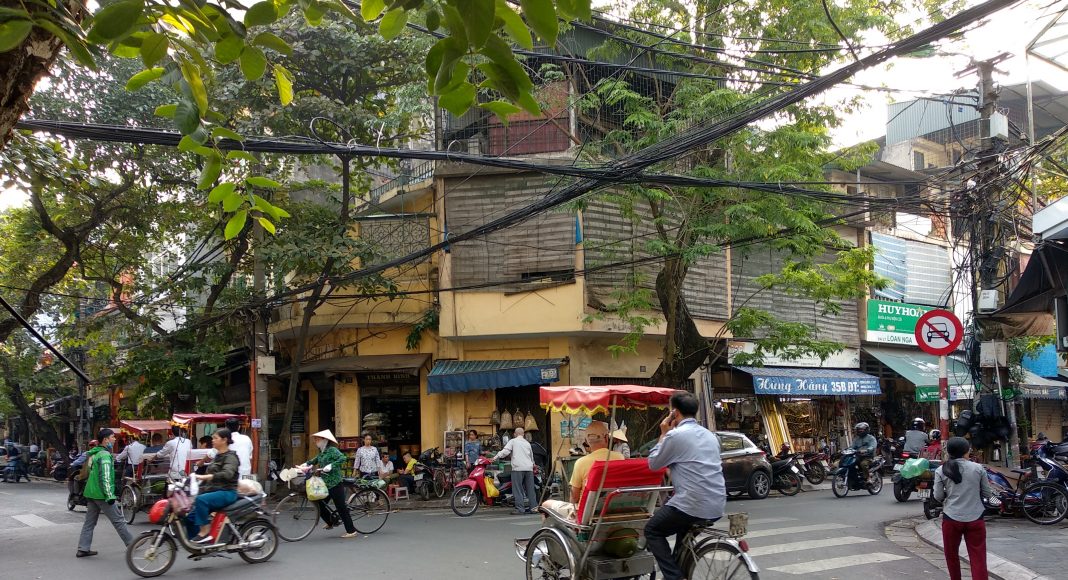When I was told that the plan was to visit the laidback and slow-paced city of Hanoi for an upcoming annual family trip, I was hesitant at first. After all, I’d previously been to the bustling and vibrant metropolis that is Ho Chi Minh a few years back. And compared to the city formerly known as Saigon, Hanoi did initially seem like a step-down — if not a more quaint version of Ho Chi Minh.
Boy, was I ever wrong in this regard.
I ended up coming out at the end of the journey with an altered perception of the sleepy (not really) city of Hanoi. And along with that, a renewed drive to hopefully revisit the site in the future.
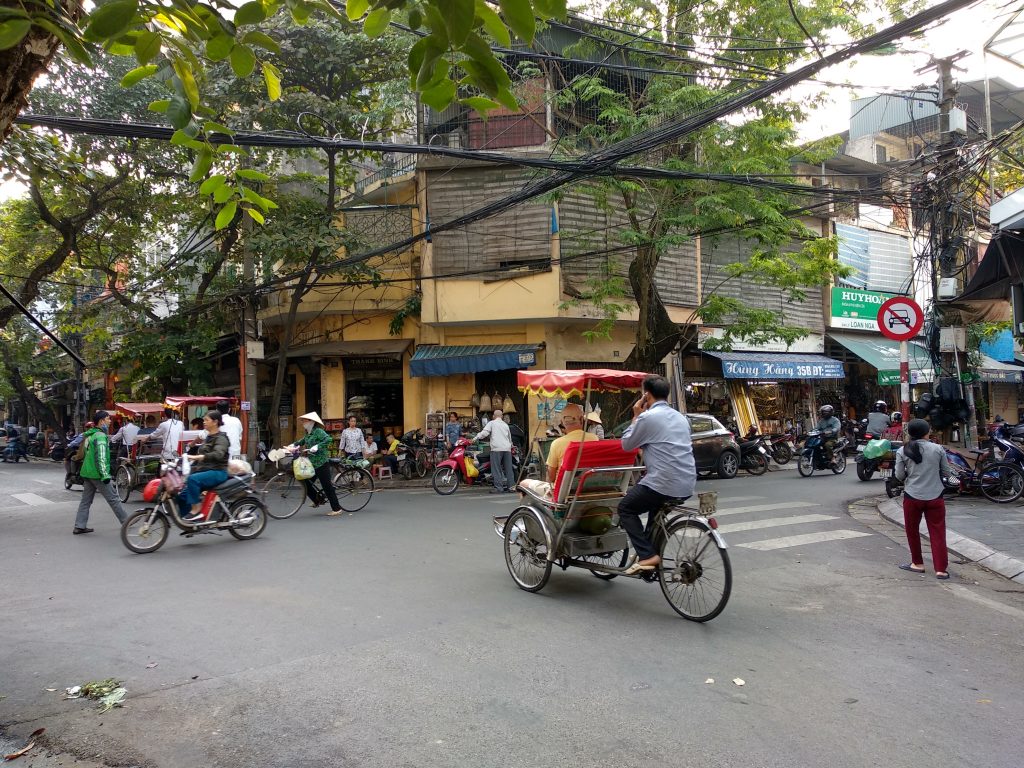
But first thing’s first, the atmosphere in Hanoi is very much in tune with Vietnam’s local culture. Think hordes of motorcycles zooming past as local pedestrians nonchalantly cross the small busy streets of the Old Quarters. Compare that nonchalance to the crowds of tourists scampering and trying to navigate the chaotic roads, and you’ve got a pretty good idea.

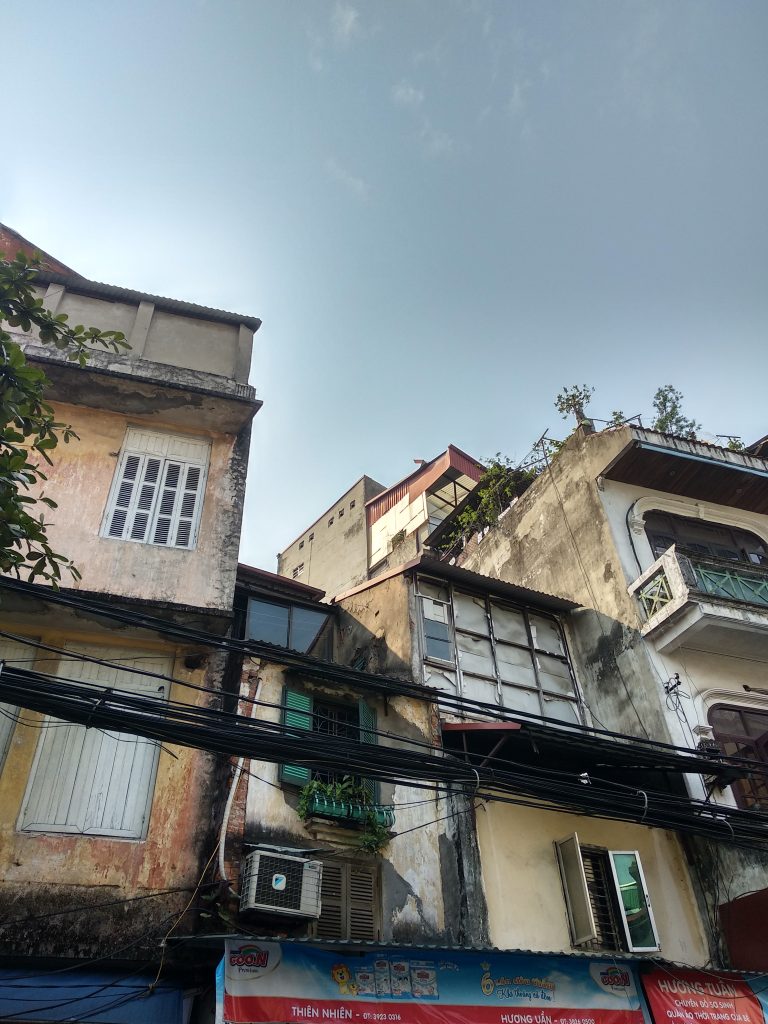
Otherwise, Hanoi’s network of intertwining alleyways and hidden bars speak for themselves. And its hodgepodge of architectural influences is reflected in the traditional Chinese shophouses lining up the streets of Hanoi — offering the perfect backdrop for Instagrammers and the urban shutterbug.
Plus, the oh-so-delectable local cuisines will keep one salivating at the mention of Vietnamese food — with the exception of coriander garnishment, of course.
If all the above has piqued your interest, then strap yourself in for a journey filled with sights, experiences, and most importantly, food! Here are some of the best things to do in and around Hanoi.
Accommodations In Hanoi
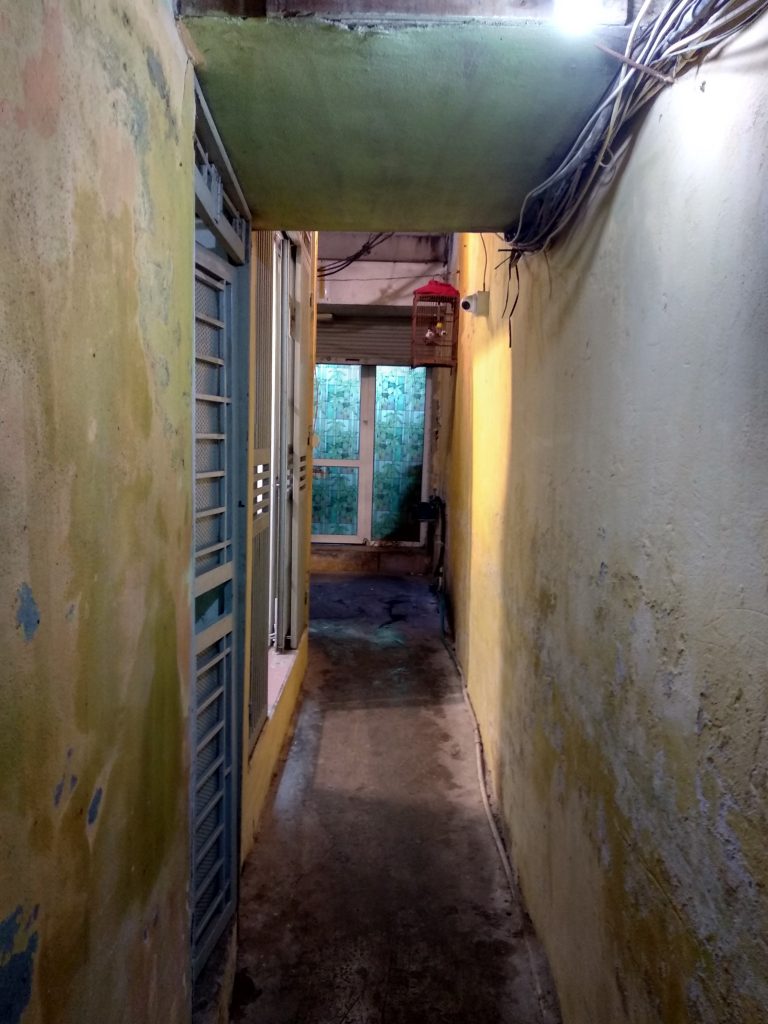
As with any other trip, the first day of proceedings entailed arriving at the airport and getting to our accommodation — a shady back-alley Airbnb in the heart of the Old Quarters.
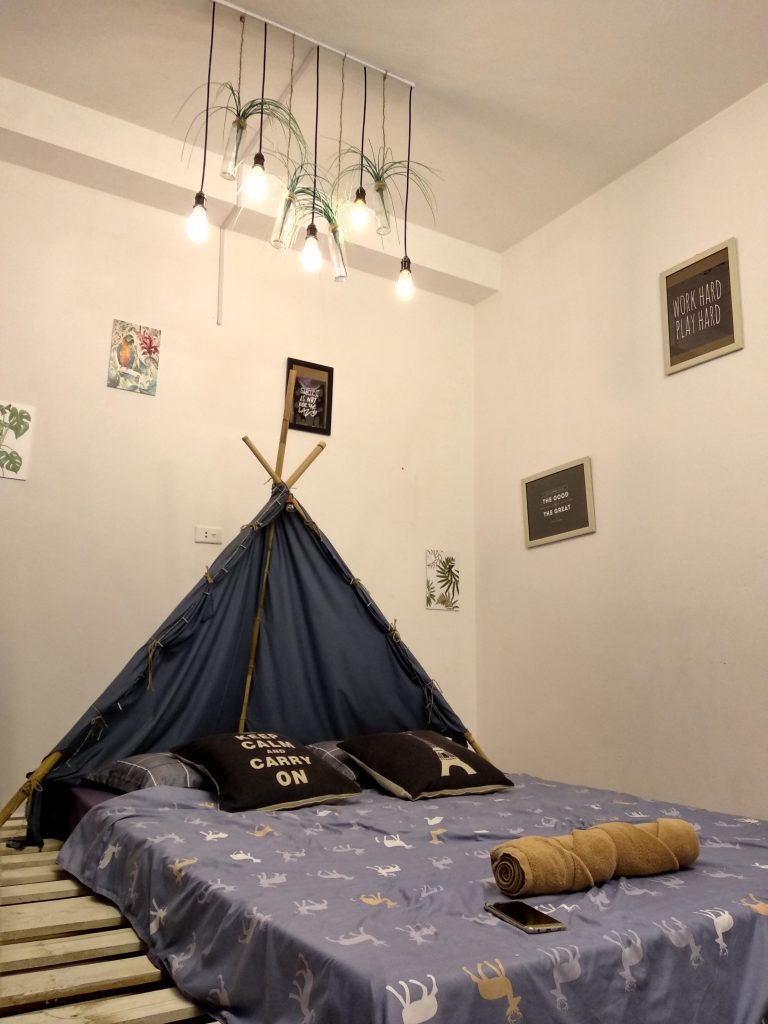
But apart from its dilapidated outlook, the Airbnb’s interior was actually not too bad — featuring a slender five-storey structure comprising three bedrooms (one on each floor) and even an open-air rooftop with a decent panoramic view of the Old Quarters.
Of course, one might also argue that staying at one of the dozens of fancy street-facing hotels offers more comfort. But counterargument, staying in an Airbnb does afford the unique opportunity to experience the sleeping quarters of the locals.
Exploring The Old Quarters
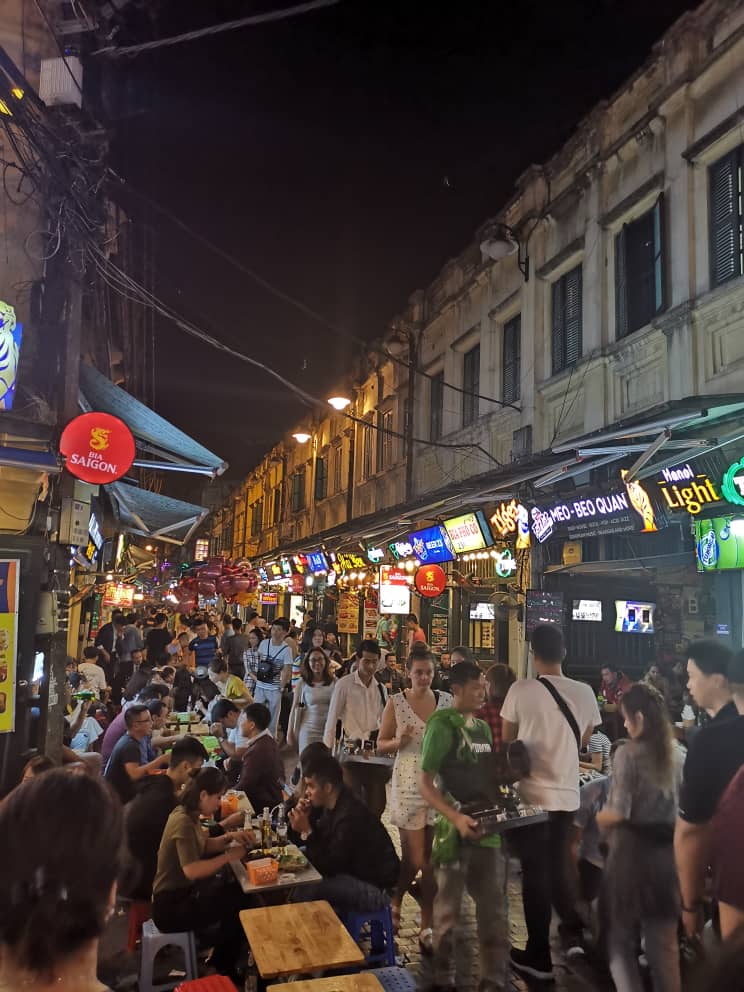
As far as first impressions go, the Old Quarters DID actually seem like a watered-down version of the famed streets of its sister city, Ho Chi Minh. With a slightly less-than-sanitary pedestrian walkway and equally treacherous roads, I’d soon come to understand that this was also apart of Hanoi’s charming facade.
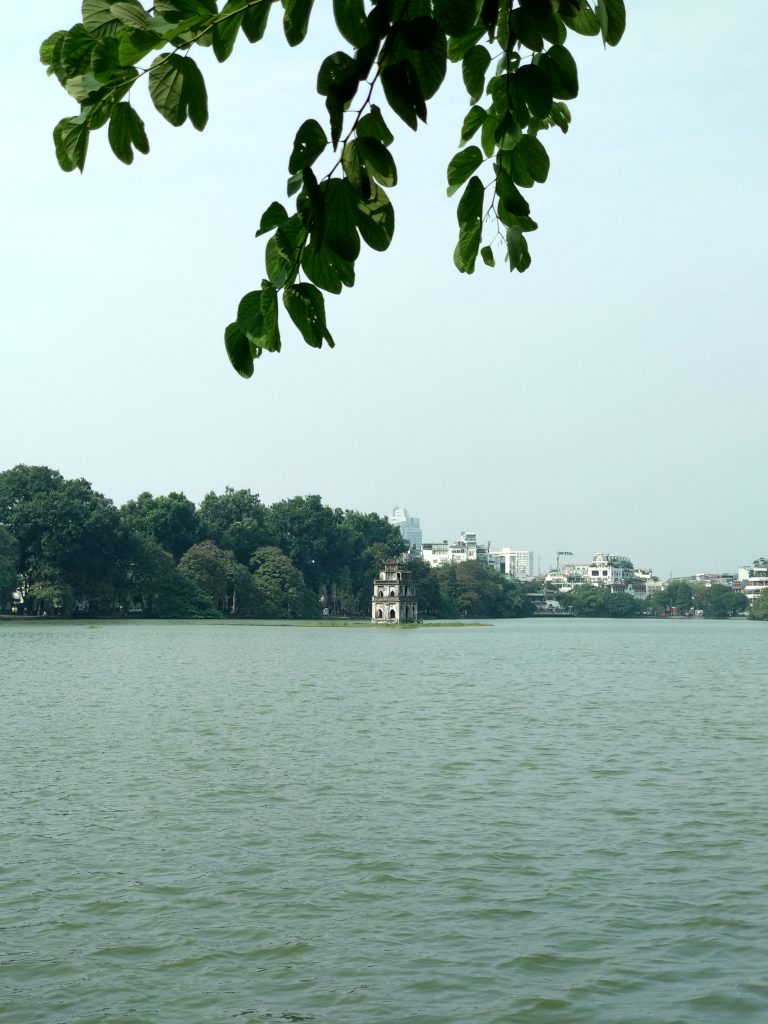
Specifically, Hanoi’s Old Quarter is a triangular area surrounding the famous Hoan Kiem Lake — a focal point of many of the city’s legends. And the lake has been the cultural heart of the city for nearly two millennia.
At the crack of dawn, the streets begin to stir. You’ll likely witness joggers and tourists alike leisurely trailing the edges of Hoan Kiem Lake before the sun’s first rays shows itself. And from there, the daily routines of the locals slowly builds towards a bustling crescendo in this ancient neighbourhood.
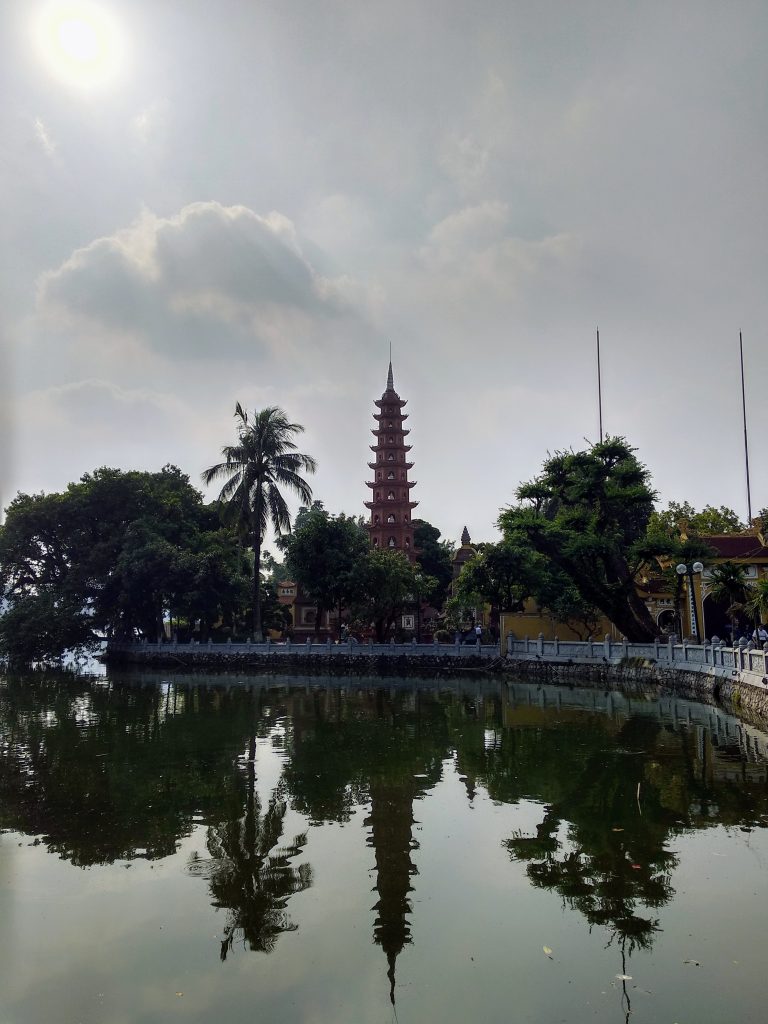
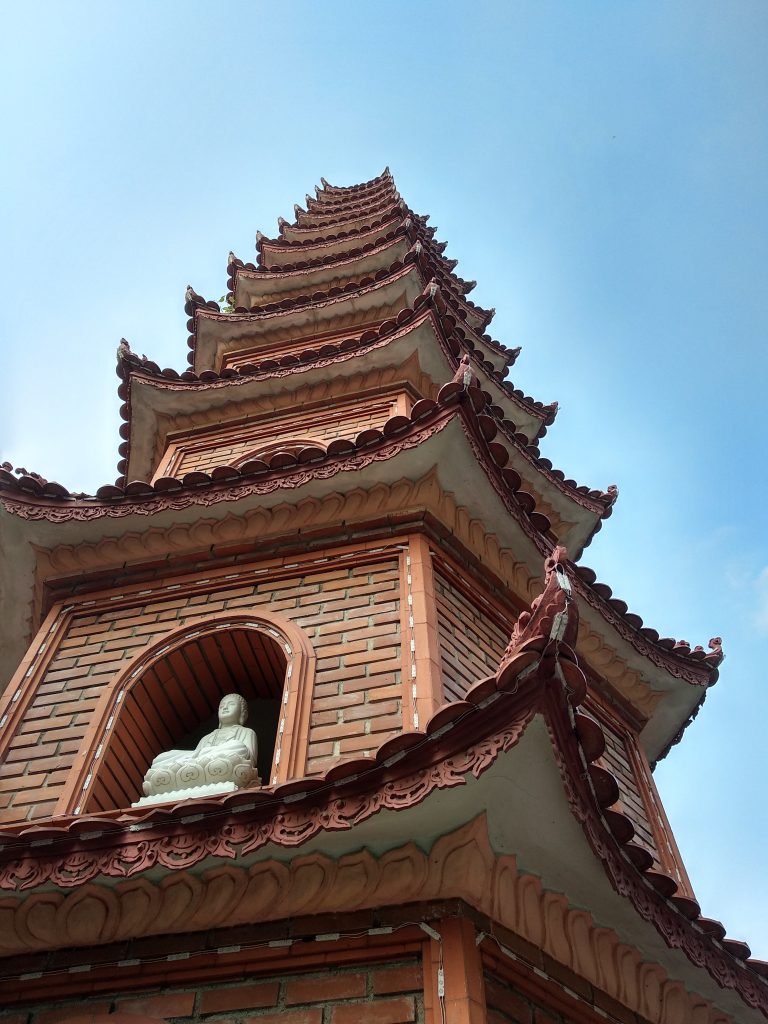
Another thing to note as you scour the streets of the Old Quarters is the various cultural influences Vietnam’s rich history has left on the cityscape. From the neo-Gothic St. Joseph’s Cathedral to the Chinese-influenced temples of Trấn Quốc Pagoda and Ngoc Son Temple, there is something different to discover around each corner of the city.

And the Chinese influence, in particular, is almost palpable as seen by the traditional Chinese-style shophouses making up most of Hanoi’s architecture. Along with that, Literature Temple — a major attraction in Hanoi — further lends credence to this fact. The highly-visited temple is one of several dedicated to Confucius in Vietnam.
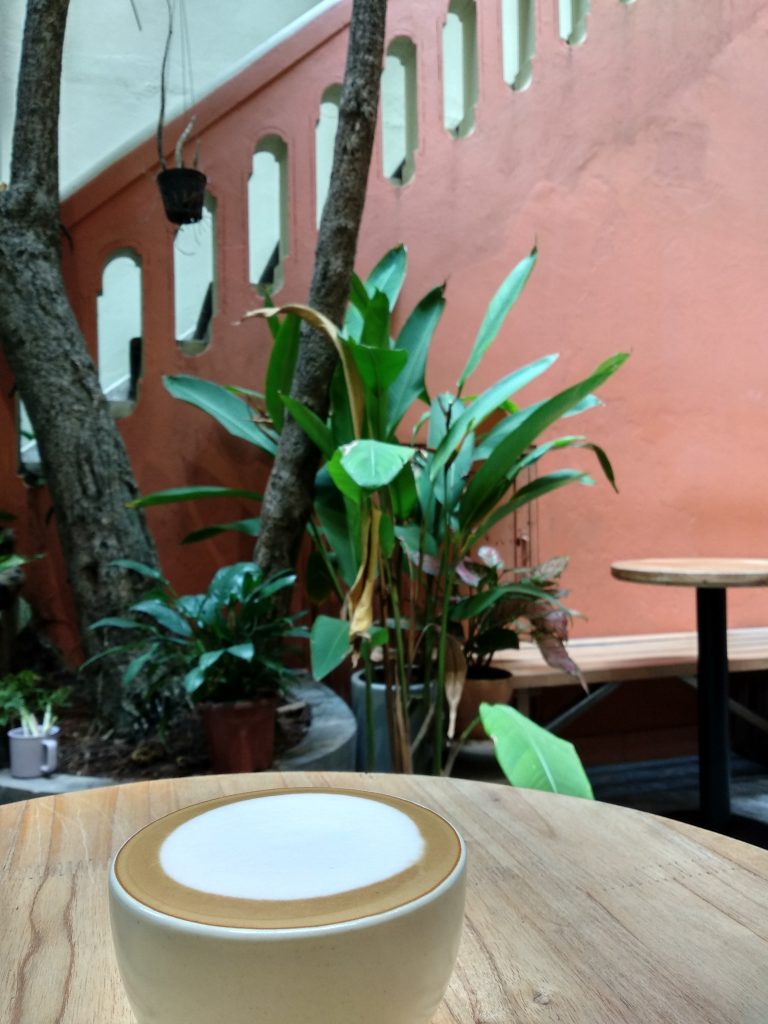
I do have to say though, I was pleasantly surprised by the many small stalls selling various local Vietnamese products. The hipster cafés scattered throughout the Old Quarters also struck my fancy.
Visiting The Magical Nature of Ninh Binh
Located a mere 2-hour drive from the city, Ninh Binh Province is filled with plentiful picturesque landscapes and natural wonders that will surely excite the nature lovers. Furthermore, the two main attractions that definitely stood out to me were the breathtaking Bái Đính Temple and the viridescent-tinted Trang An Grottoes.
Bái Đính Temple

Located at the foot of Bái Đính Mountain stands Bái Đính Temple, a unique architectural and cultural marvel. The complex comprises an old temple and a newly built larger temple. And due to the temple’s locale, be prepared to climb a lot of stone steps (300 to be precise) to reach the summit. Many calories were burnt that day.
One of the highlights of the temple includes the 500 or so stone Arhat (wisened Buddha) statues lined up across the inclining sacred hallways of the temple. Each stone statue bears a specific name and number, as well as unique carved lines which reflect the crafter’s skills.
A bell tower is housed within the temple where a large bronze bell is found. But don’t expect to be able to ring it as the bell will only awaken for special occasions such as during the Buddha’s birthday celebration and the temple’s opening ceremony.
At the top, Tam Thế Hall awaits — a structure that rises to 34m high at its roof ridge and width that spans over 59m in length. Inside, you’ll find sacred bronze statues carved in the image of venerated and sacred beings.
Trang An Grottoes
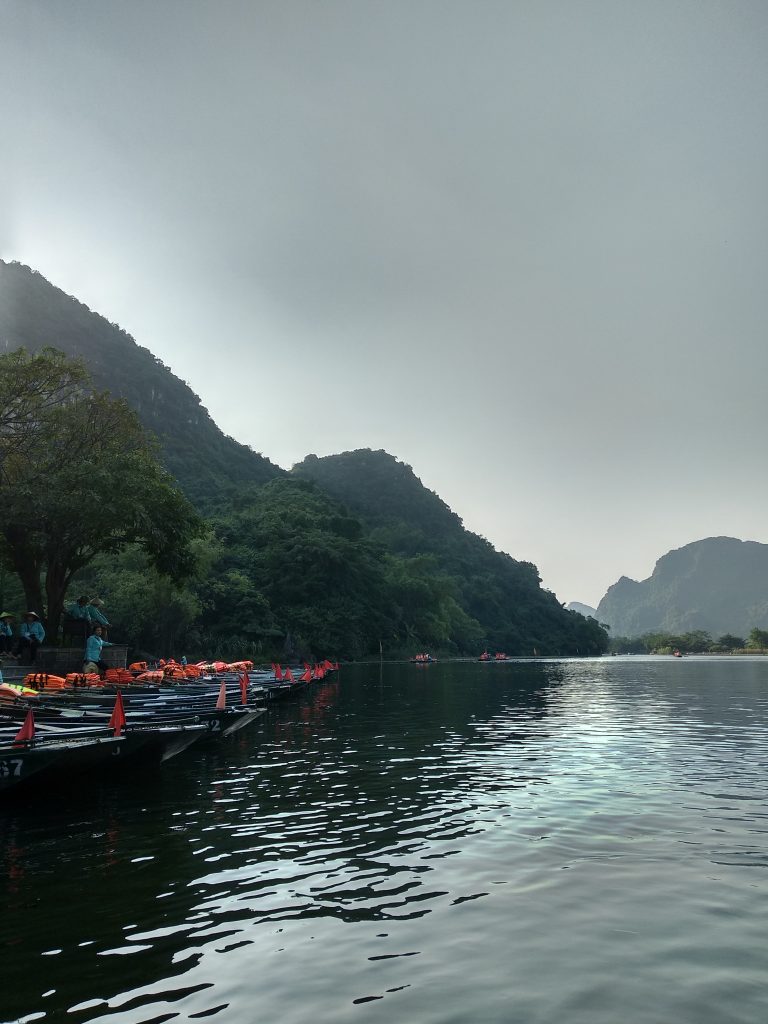
If at a glance you find this particular scenery oddly familiar, then you must have seen Kong: Skull Island. The 6,172-hectare site was one of the filming locations for the Hollywood film in early 2017.
But aside from its global appeal, the Trang An Grottoes is a natural wonder often compared to the equally stunning Tam Cốc-Bích Động — both are popular UNESCO World Heritage Sites. But make no mistake about it, the Trang An boat tour offered the better experience overall, for me at least.
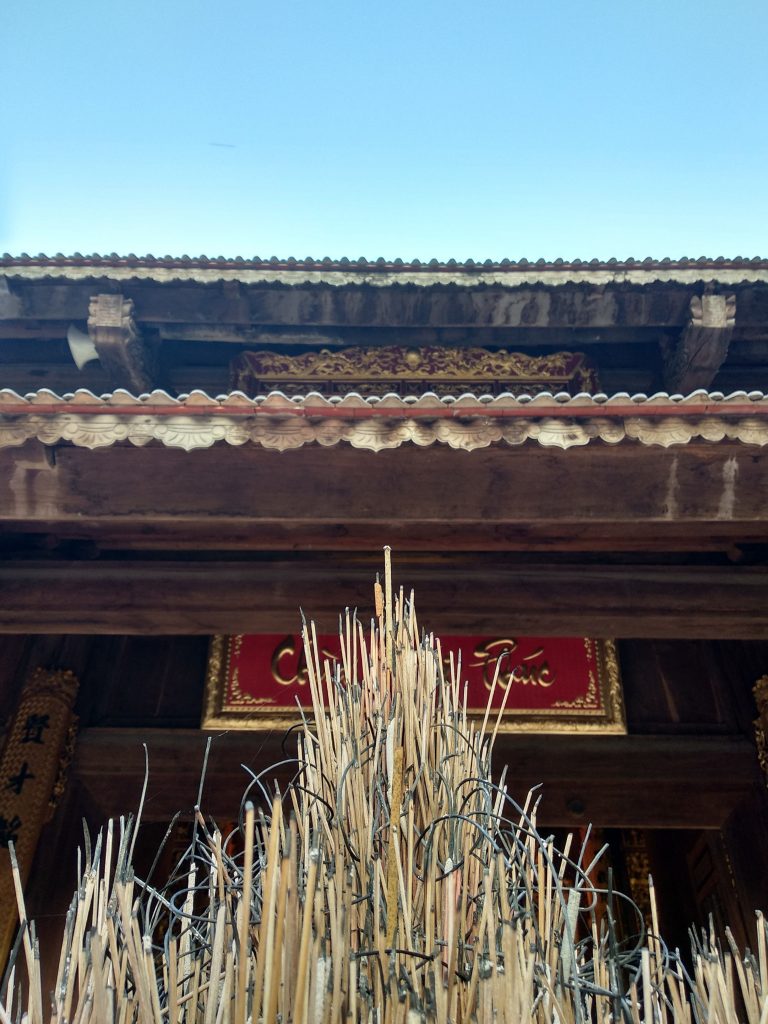
Soaring limestone cliffs, an interconnected network of tranquil waterways, dark caves, and numerous religious architecture, the Trang An Grottoes is an otherworldly sight.
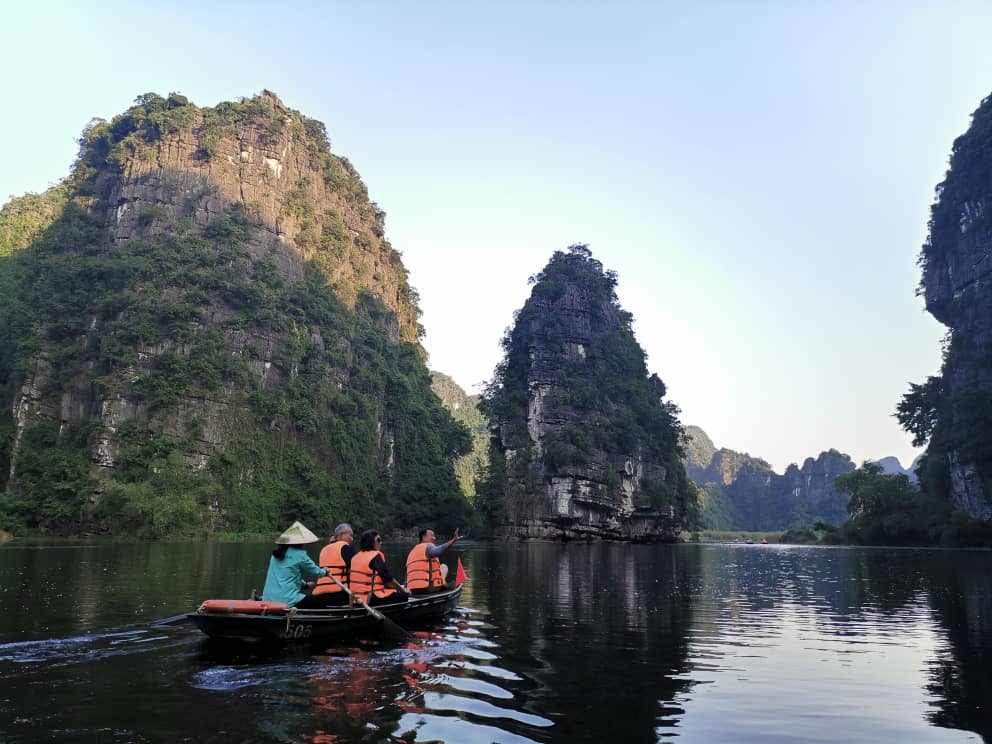
The boat tour begins with you stepping on to a traditional wooden boat paddled by a Vietnamese woman. Depending on the route of choice, the journey could take about two to three hours round trip. As part of the boat trip, you’ll encounter plenty of wondrous sights that will surely leave you in awe of Ninh Binh.
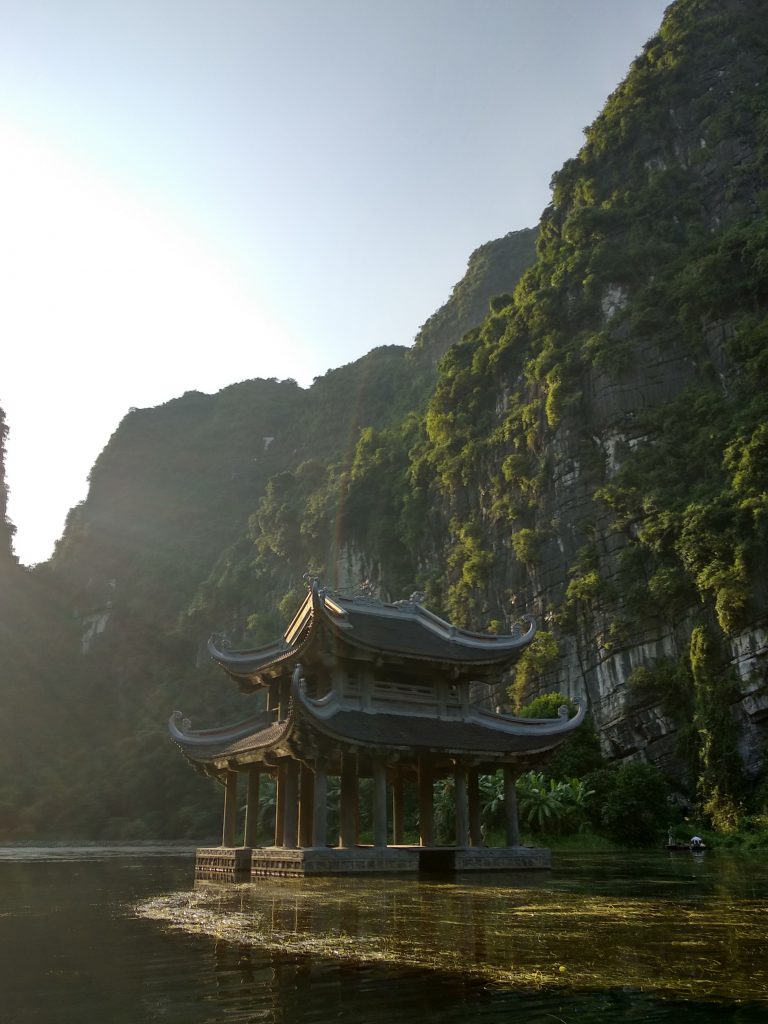
Cruising Hạ Long Bay

Ah yes, the ever-famous Hạ Long Bay is one of those places in Vietnam that’s more akin to an ethereal realm rather than a mere tourist attraction. This UNESCO World Heritage site is located in Quảng Ninh Province and attracts boatload of tourists cruising the emerald waters daily.
Taking a private boat to the centre of the commotion, one can’t help but admire the spectacular ocean view with countless towering limestone cliffs lining across the horizon. One of nature’s masterpieces, Halong Bay underwent 500 million years of geological formation, and it truly deserves the title as the New Seven Natural Wonders of the World.
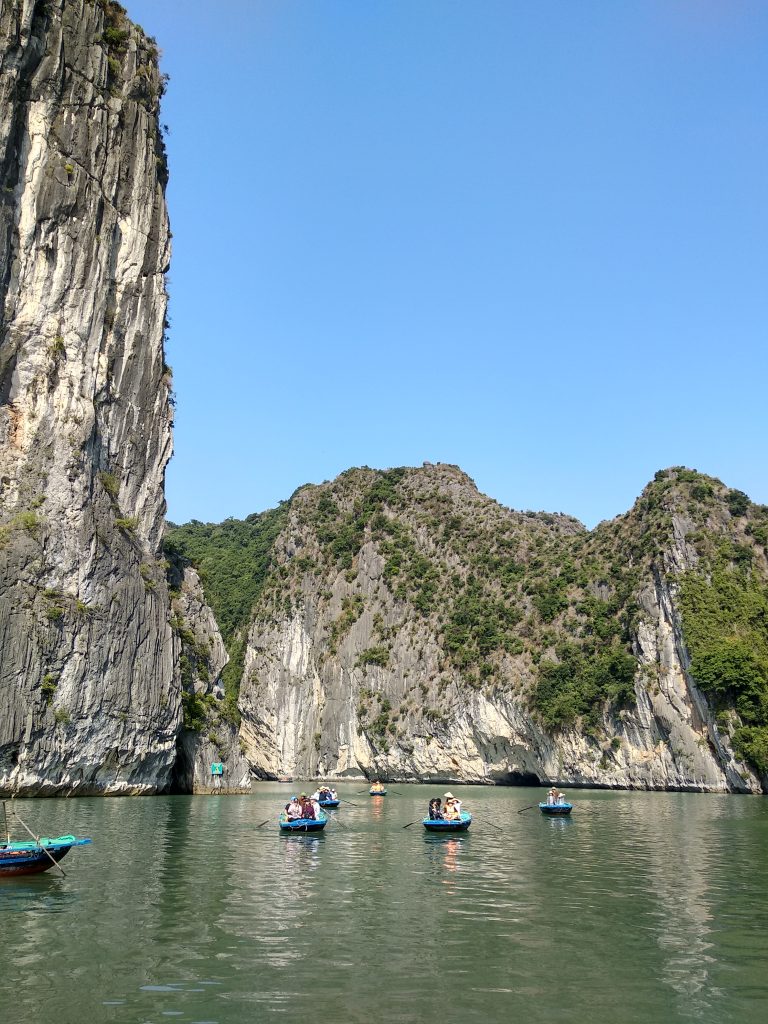
To top it off, the boat tour (paddled either by yourself or by a boatwoman) through the many mesmerising caves hidden under the limestone cliffs makes for a truly one-of-a-kind experience.
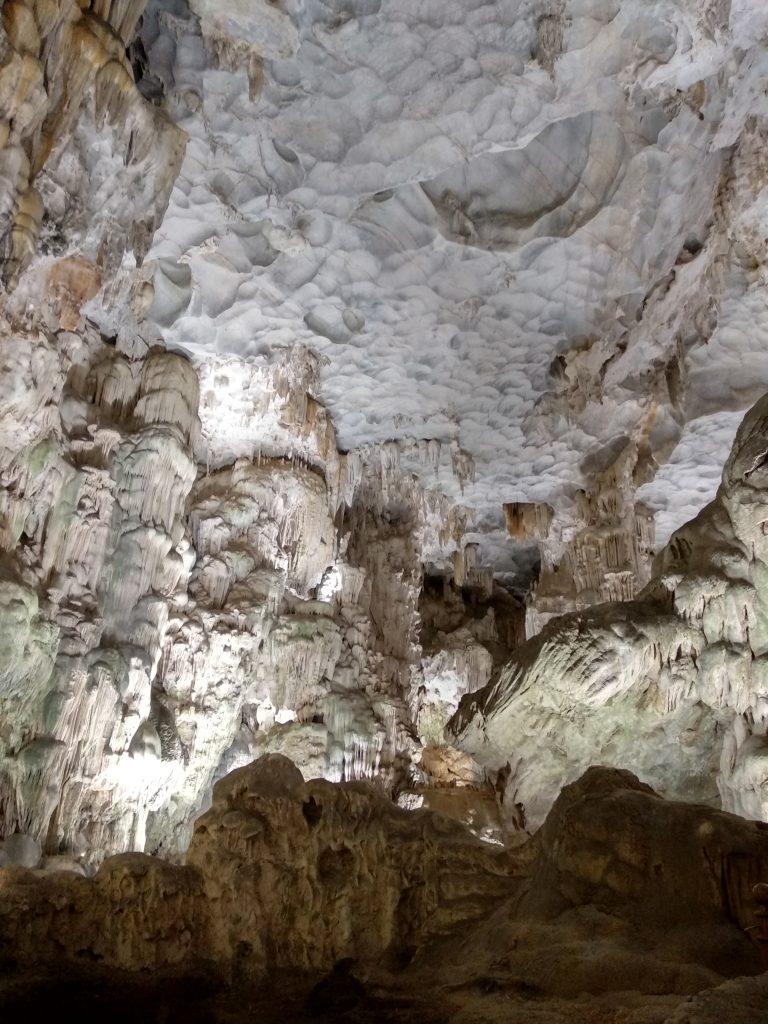
But if that isn’t enough cave exploring for you, then Thien Cung Cave is a great spot to admire the near-mythical natural rock formations. It wasn’t until 1993 that this cave was rediscovered after being lost for a long time.
What To Eat In Hanoi
Holding a special place in the hearts of foodies and gourmands alike, Vietnamese food encompasses the perfect balance between fresh herbs and meats, along with selective use of spices to arrive at that all-important “Vietnamese flavour”.
Phở
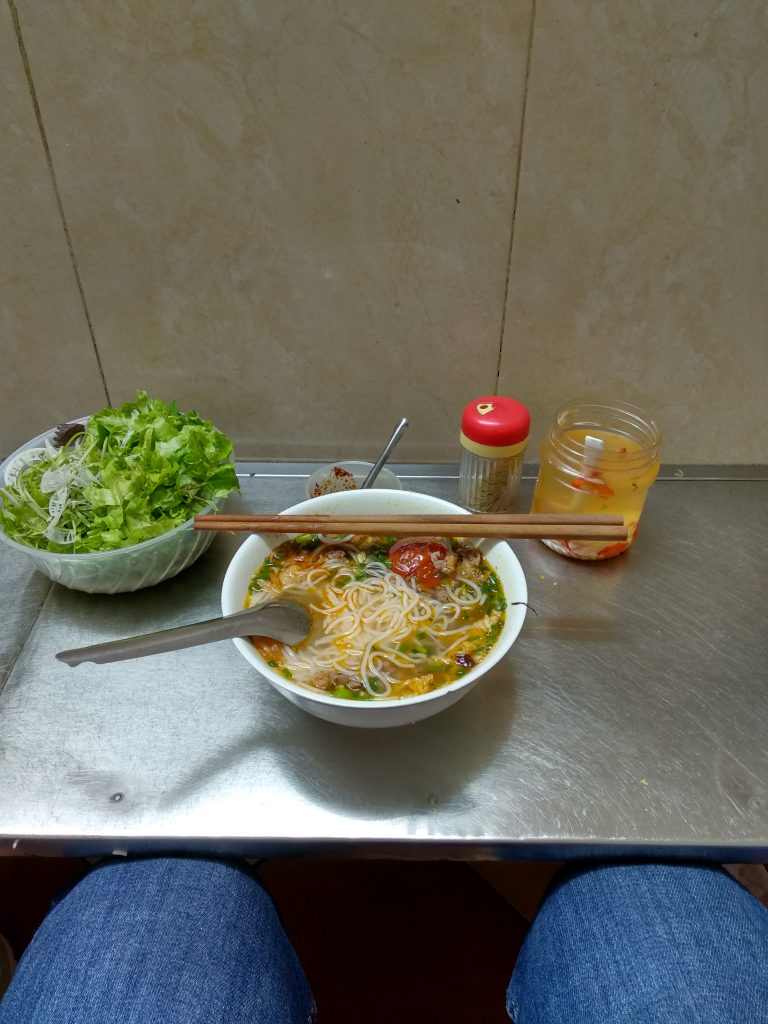
Vietnamese Coffee
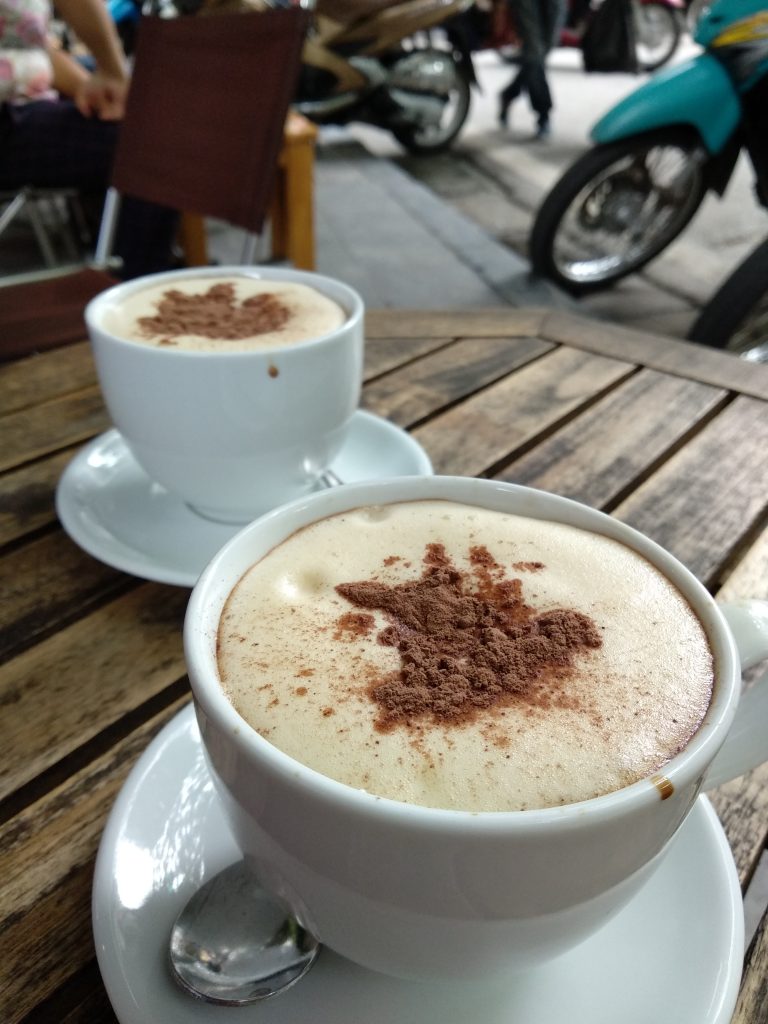
Following a hearty breakfast, the next logical step is to sample a cup of the local coffee. After all, a day full of fun and adventure couldn’t possibly start without injecting some caffeine into my system. And Vietnam’s egg coffee certainly did not disappoint.
Leaving an almost sickly-sweet aftertaste, a cup of warm egg coffee features a smooth and robust brew of the local coffee beans ground and steeped to perfection. And not to forget, the all-important egg yolk and condensed milk. In combination, these components brought about a richness, unlike any cup I had tasted up to this point.

Alternatively, coconut coffee features an extremely sweet (much too sweet for my taste) twist on the classic beverage. Whereas, the traditional Vietnamese drip coffee is always a great accompaniment to any meal.
Bánh Mì
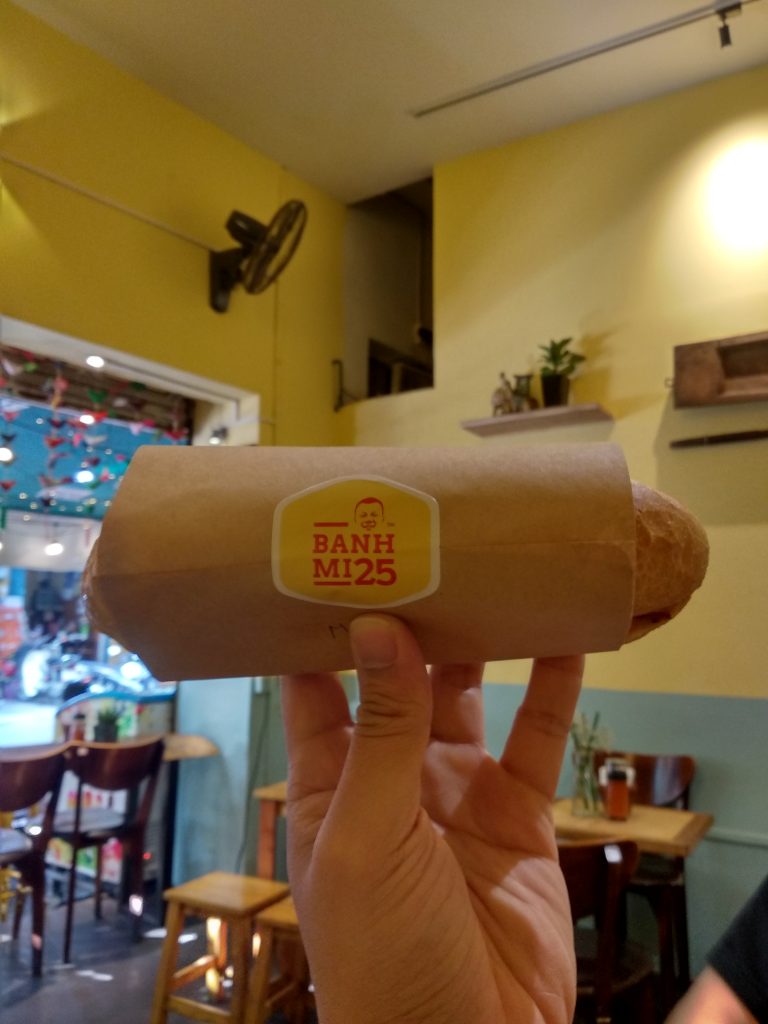
Last but not least, Bánh mì is an iconic Vietnamese dish not to be missed. On the surface, the simple bread cuisine may look like your run-of-the-mill Subway sandwich, but bánh mì is much more than that.
A simple baguette dish filled with various savoury ingredients, herbs, and vegetables holds an extraordinary history behind the concept. For one, the meal was introduced to Vietnam in the mid-19th century by the French, which explains its similarities with the French baguette. But by the 50s, the baguette dish developed into a distinctly Vietnamese style of sandwich, thus becoming a popular street food in the process.
Today, the humble bánh mì is a celebrated international cuisine found in nearly every country, including Australia, Canada, and the United States. But obviously, authentic bánh mì can also be found almost everywhere in Hanoi.
